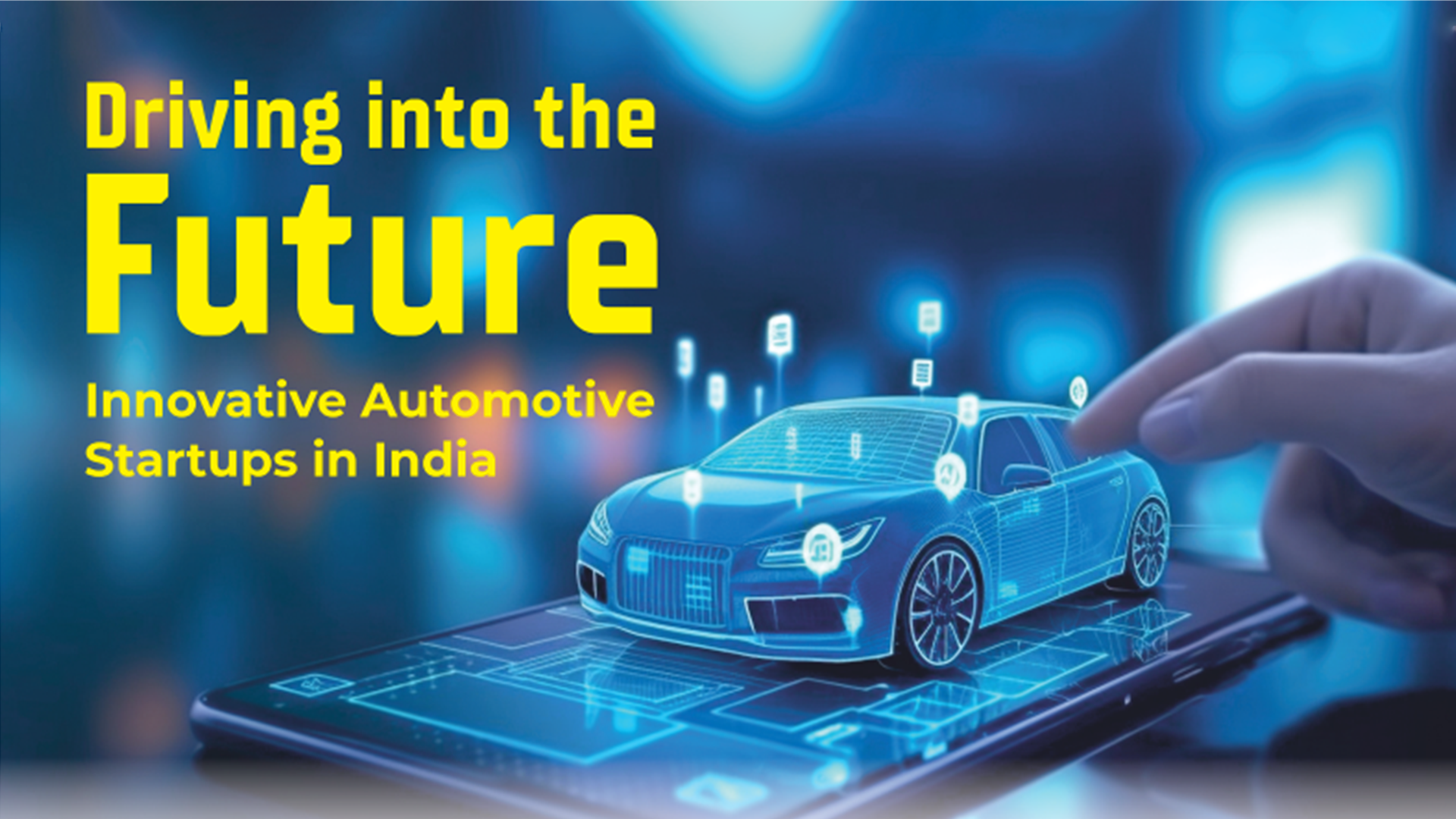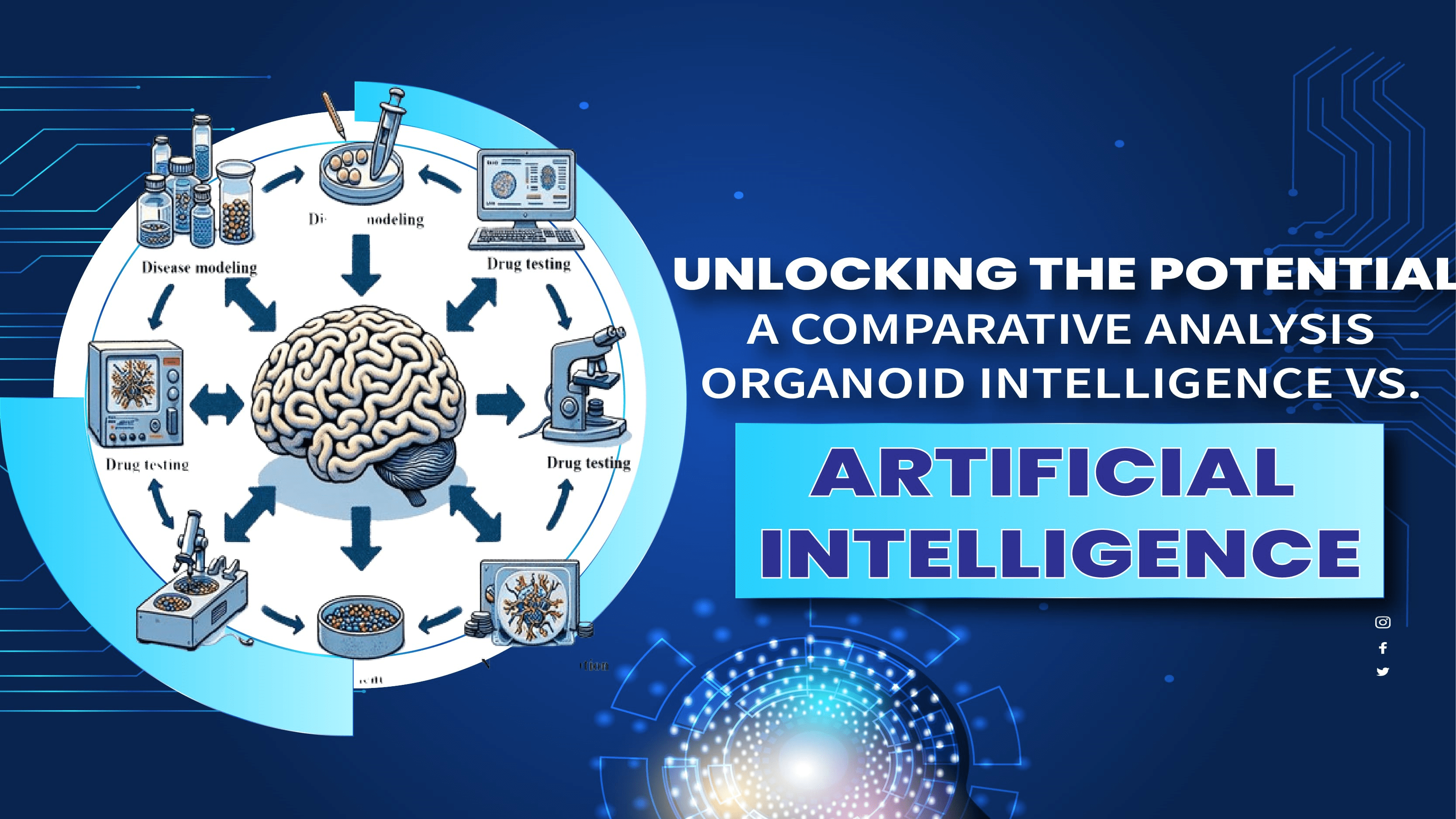In today's dynamic and interconnected business environment, companies are constantly seeking ways to streamline their operations, enhance productivity, and stay competitive. One powerful tool that has emerged as a cornerstone of modern business management is Enterprise Resource Planning (ERP) systems. From its humble beginnings as a solution for managing manufacturing processes to its current role as an integrated platform for managing all aspects of a business, ERP has undergone a remarkable evolution. This article delves into the history, functionality, benefits, and future trends of ERP systems, shedding light on their significance in shaping the contemporary business landscape.
The Evolution of ERP:
The roots of ERP can be traced back to the 1960s and 1970s when businesses began adopting Material Requirements Planning (MRP) systems to manage inventory and production scheduling. MRP focused primarily on optimizing manufacturing processes by ensuring the availability of materials and resources. However, as businesses expanded and diversified, the need for more comprehensive solutions became evident.
The 1990s marked a significant milestone in the evolution of ERP with the introduction of integrated software suites that encompassed a wide range of business functions including finance, human resources, supply chain management, and customer relationship management. Companies like SAP, Oracle, and PeopleSoft pioneered the development of these comprehensive ERP systems, offering organizations a centralized platform to manage their entire operations.
Functionality of ERP Systems:
Modern ERP systems are sophisticated, customizable, and modular platforms that integrate various business processes and functions into a unified system. Key features of ERP include:
- Centralized Database: ERP systems maintain a centralized database that serves as a single source of truth for all organizational data. This enables real-time visibility and data-driven decision-making across departments.
- Modules: ERP software typically consists of modules tailored to specific business functions such as finance, inventory management, procurement, production planning, sales, and distribution. These modules can be customized and configured to meet the unique needs of each organization.
- Integration: One of the most significant advantages of ERP is its ability to integrate disparate systems and processes, eliminating data silos and improving collaboration and communication across departments.
- Automation: ERP systems automate routine tasks and workflows, reducing manual effort and minimizing errors. This not only improves efficiency but also frees up resources to focus on strategic initiatives.
- Reporting and Analytics: ERP systems provide robust reporting and analytics capabilities, allowing businesses to gain insights into their performance, identify trends, and make informed decisions.
Benefits of ERP Implementation:
The adoption of ERP offers numerous benefits to organizations of all sizes and industries:
- Improved Efficiency: By streamlining processes and eliminating redundant tasks, ERP systems enhance operational efficiency and productivity.
- Enhanced Visibility: ERP provides real-time visibility into various aspects of the business, enabling better control and decision-making.
- Better Resource Utilization: With integrated resource planning, organizations can optimize the use of their assets, inventory, and workforce.
- Cost Savings: ERP systems help reduce costs associated with inventory management, procurement, and operational inefficiencies.
- Scalability: ERP solutions are scalable, allowing businesses to adapt and grow without outgrowing their systems.
Challenges in ERP Implementation:
While the benefits of ERP implementation are significant, organizations often encounter challenges along the way:
- Cost: ERP implementation can be costly, not only in terms of software licensing fees but also in terms of infrastructure, customization, training, and ongoing maintenance costs.
- Complexity: ERP projects are inherently complex, involving multiple stakeholders, diverse business processes, and extensive customization requirements. Managing this complexity requires careful planning, coordination, and change management.
- Resistance to Change: Implementing ERP often entails changes to existing processes, workflows, and organizational structures, which can meet resistance from employees accustomed to the status quo. Addressing this resistance through effective communication, training, and support is crucial for successful adoption.
- Data Migration and Integration: Migrating data from legacy systems to the new ERP platform and integrating disparate systems can be challenging, especially when dealing with large volumes of data and complex data structures.
- Customization vs. Standardization: Balancing the need for customization to meet specific business requirements with the benefits of standardization and out-of-the-box functionality is a common challenge in ERP implementation. Over-customization can lead to increased complexity, maintenance overhead, and upgrade difficulties.
- Vendor Selection: Choosing the right ERP vendor and solution that aligns with the organization's needs, budget, and long-term strategic goals is critical. Vendor selection requires thorough evaluation, including considerations such as functionality, scalability, support services, and vendor reputation.
ERP in Different Industries:
ERP systems are widely used across various industries, each with its own unique requirements and challenges:
-
Manufacturing: Manufacturing companies have been early adopters of ERP, using it to optimize production processes, manage inventory, track supply chain activities, and improve quality control. Key functionalities include demand forecasting, capacity planning, shop floor control, and product lifecycle management.
- Retail: In the retail sector, ERP systems play a crucial role in managing inventory, sales, customer relationships, and supply chain operations. Retail ERP solutions often include features such as point-of-sale (POS) integration, merchandising, demand planning, and omnichannel support.
- Healthcare: ERP systems in healthcare facilitate the efficient management of patient records, medical billing, scheduling, and resource allocation. Healthcare ERP solutions address regulatory compliance, patient safety, electronic health records (EHR), and interoperability with other healthcare systems.
- Finance and Banking: ERP systems in the finance and banking sector support core financial functions such as accounting, budgeting, billing, and compliance. Financial ERP solutions also include features for risk management, regulatory reporting, treasury management, and asset/liability management.
- Services: Service-based industries such as consulting, professional services, and hospitality rely on ERP systems to manage projects, resource allocation, billing, and client relationships. Service ERP solutions focus on optimizing resource utilization, project profitability, and service delivery efficiency.
Emerging Trends and Innovations:
Looking ahead, several emerging trends are shaping the future of ERP:
- Verticalization: ERP vendors are increasingly offering industry-specific solutions tailored to the unique needs of vertical markets such as healthcare, manufacturing, and retail.
- Edge Computing: Edge computing technologies are being integrated with ERP systems to enable real-time data processing and analytics at the network edge, particularly in industries with remote or distributed operations.
- Digital Twins: The concept of digital twins, which involves creating virtual replicas of physical assets or processes, is being applied to ERP systems for simulation, predictive maintenance, and optimization purposes.
- Microservices Architecture: ERP vendors are adopting microservices architecture to modularize their platforms, enabling greater flexibility, scalability, and interoperability with other systems and applications.
- Augmented Reality (AR) and Virtual Reality (VR): AR and VR technologies are being integrated with ERP systems to support remote assistance, training, and visualization of complex processes in industries such as manufacturing and field service.
Conclusion: Enterprise Resource Planning (ERP) has come a long way since its inception, evolving into a comprehensive solution for managing all aspects of a business. From improving operational efficiency and decision-making to enabling digital transformation, ERP systems play a pivotal role in driving business success in today's competitive landscape. As technology continues to advance, the future of ERP holds even more promise, with innovations such as cloud computing, AI, IoT, and blockchain poised to revolutionize how businesses manage their operations. Embracing these trends and leveraging the power of ERP will be crucial for organizations seeking to thrive in the digital age.























